Phyang Monastery
Overview
Phyang Monastery lies in the Fiang village of Leh district, Ladakh. It is situated in the western side of Leh at a distance of about 16 kilometres from the main town.
The Buddhist Gompa was established in 1515. Locals call it “Gouon Gompa”, translating to “Blue peak”, due to the hill in the backdrop of the monastery.
The local attraction of the district was built by King Lkra-Shis-Namgyal, founder of the Namgyal dynasty. As you visit Ladakh, you can surely visit the monastery to explore its architectural style and various artefacts found here.
The Phyang Museum dates back to about 900 years, as the oldest one of Ladakh. It preserves ancient scriptures, idols, Tibetan and Mongolian arms. You can see various paintings and idols of deities both at the monastery and museum.
As you book a Ladakh Tour Package with Cliffhangers India, don’t miss adding this Monastery to the itinerary.
Here’s a detailed page regarding the best time to visit the Gompa and some nearby places to explore. Have a glance!
Best Time to Visit Phyang Monastery
The best time to visit Phyang Monastery, a prominent Leh Ladakh monastery, is from May to September. During this period, temperatures range between 15°C to 25°C, and the weather remains stable and pleasant. Days are warm and comfortable, making it an ideal time to explore this beautiful monastery.
In winter, due to heavy snowfall, the roads might be inaccessible. You can skip the plan during the cold season and instead visit in the summer season. Another excellent time to visit the Monastery is during the Phyang Festival celebrated in August or September.
You can check dates before planning the trip. Whenever you visit, make sure you have planned the journey keeping the water forecast and road conditions in mind. Carry suitable clothes accordingly.
History of Phyang monastery
The history of Phyang Monastery, Ladakh dates way back to the 16th century.
It was constructed in the year 1515 by Chosje Dhamchor, a Tibetan Lama from the Drikung Kagyu School of Tibetan Buddhism. He received patronage from the Namgyal rulers of Ladakh.
It was founded with the aim to spread the ideals and teachings of Buddhism. Not only this, it became a huge hub for practice of the same, visited by scholars from across the continent.
The monks that resided at the Phyang Monastery practiced and studied the philosophy of Buddha and played a huge role in its preservation. Even its construction style is that of Buddhism. Year after year, the monastery is managed by generations of Monks and patrons.
The Monastery is located in such a place that it overlooks the beautiful Indus Valley.
How to reach
Phyang Monastery is situated at a distance of about 16 kilometres from the capital city of Leh.
About 6 kilometres on the Srinagar -Leh Highway, you can easily visit here in less than an hour from the city centre.
To reach Phyang Monastery, you have to reach Leh first. Kushok Bakula Rimpochee International Airport is the sole operational one here. From the airport, book a taxi or a cab to reach the monastery. Start the drive in the morning to have some time to explore the monastery.
Phyang monastery timing & entry fee
The timing of the Phyang Monastery is from 7Am to 7 PM. These are the visiting hours for the tourists here. On a particular day, it is recommended to visit either in the morning or evening to attend the daily prayers here. It is quite serene at the complex.
As of now, there is no such entry fee for Phyang Monastery. However, you may donate at the historic site as per your wish.
Tips for visiting Phyang Monastery Ladakh
- Since Phyang Monastery is a significant religious site of Ladakh, dress modestly as you visit there. Maintain silence inside the prayer halls.
- Before visiting the monastery, spend some time in Leh for a day or two to acclimatize properly.
- Photography is allowed at the Phyang Monastery. You can carry a camera to click pictures. However, it is suggested to take permission of the monks before clicking inside the prayer halls.
- Carry some snacks, power bars, water bottles for the road trip to the monastery.
Popular Ladakh Tours
7D/6N
8D/7N
6D/ 5N
10D/9N
Nearby Places to Visit
Nubra Valley
One of the top attractions to visit nearby Phyang monastery is Nubra Valley. The total distance to be covered to reach the valley from the monastery is around 178 kilometres.
You can cover it via Khardung La Pass in 4-5 hours. Nubra Valley, otherwise known as Orchards of Ladakh is the northernmost region.
One of the highest motorable passes of the world, Khardung La Pass is needed to be crossed to reach Nubra Valley.
Enjoy the ride of double-humped bactrian camels here and visit the sand dunes in the cold deserts of the valley.
The famous Nubra Valley trek goes through Phyang. However, you can get cabs and taxis to reach there.
Shanti Stupa
Shanti Stupa is only 21 kilometres away from Phyang Monastery, Ladakh. The travel duration is only 30 minutes via National Highway 1 (NH1). The white stupa is on the top of a hill in Chanspa, Leh.
It was built in 1991 by a japanese buddhist, Bhikshu. This two level structure has relics of buddha at its base and main deity of Golden Buddha too.
Built to commemorate 2500 years of Buddha, the place aims to promote peace and prosperity to everyone.
The white engineering marvel presents scenic sights of nearby villages and mountains. There’s no entry fee here.
Magnetic Hill
Another place in proximity to the Monastery is Magnetic Hill. A small distance of just 18 kilometres separates these local attractions of Ladakh.
Magnetic hills defy the universal phenomenon of gravity by attracting vehicles towards it. You can park your vehicle in neutral at a yellow spot present there and see it happening in front of your eyes.
In earlier times, people believed it to be one of the doors to heaven and whoever would be deemed lucky gets pulled by it.
The place has been an interesting topic of discussion among tourists regarding its mystery. July to September is an excellent time as the views of Magnetic Hills are crystal clear.
Leh Palace
As you visit Phyang Monastery, add Leh Palace to your Ladakh itinerary as well. The distance to be covered between the monastery and Palace is about 21 kilometres.
It is a prominent tourist spot which you cannot miss. ‘Lachen Palace’ is its other name. It is located at the top of Tsemo Hill. It is built in a mix of Tibetan and Indian architecture, showing the rich heritage of the place.
It was constructed by king Sengge Nempyal. A 17th- century complex, the palace has paintings hung on the walls which were painted about 400 years ago. The statue of Buddha can be seen here in a monastery.
While the place doesn’t exist as it was built originally, it still remains crowded with tourists and history buffs.
Phyang Monastery Festival
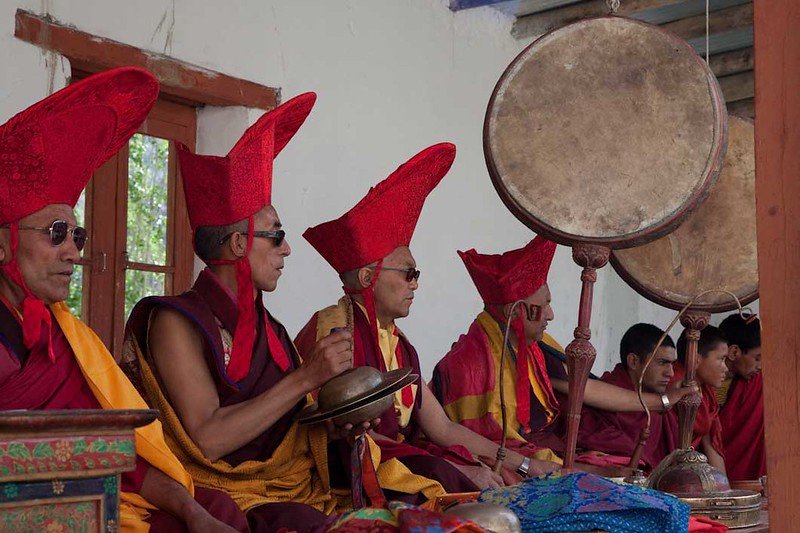
Phyang Monastery Festival or Gang Sngon festival is the prime attraction of the monastery. The festival is celebrated every year on the 2nd or 3rd day of the 6th month of the Tibetan Calendar.
According to the Gregorian calendar, it falls in July-August. The festival is dedicated to Jigten Gombo, who founded the Dringumpa Monastic Dynasty.
The celebration consists of sacred dance, local songs and Cham dance performed by the Lamas. They dress in traditional attires made of rich silk and take part in different rituals.
The festival symbolises energy and enthusiasm. The masks are the main highlight and various messages of Lord Buddha are displayed in the event.
Both locals and tourists attend the festivities and plan the trip, coinciding with the dates. If you are coming to Leh Ladakh in July, do visit the Monastery and don’t miss the festival.
FAQ's
Which is the largest Tibetan monastery in India?
Tawang Monastery, located in Bomdila, Arunachal Pradesh, is the largest Tibetan Monastery in India. It is popular as the birthplace of the Sixth Dalai Lama.
Which is the oldest temple in Ladakh?
Alchi Monastery is the oldest momastery/temple in Ladakh. It is believed to be built between 958 to 1055 AD. It is located approximately 60 kilometres away on the west of Leh.
What makes Phyang monastery unique?
The fact that it is 900 years old makes Phyang Monastery unique. The artefacts, scriptures, paintings housed in the Phyang museum are of ancient age. Phyang Festival is another popular thing about the Gompa.
What are the two most famous monasteries in Ladakh?
Phyang Monastery and Hemis Monastery are among the most famous ones in Ladakh.


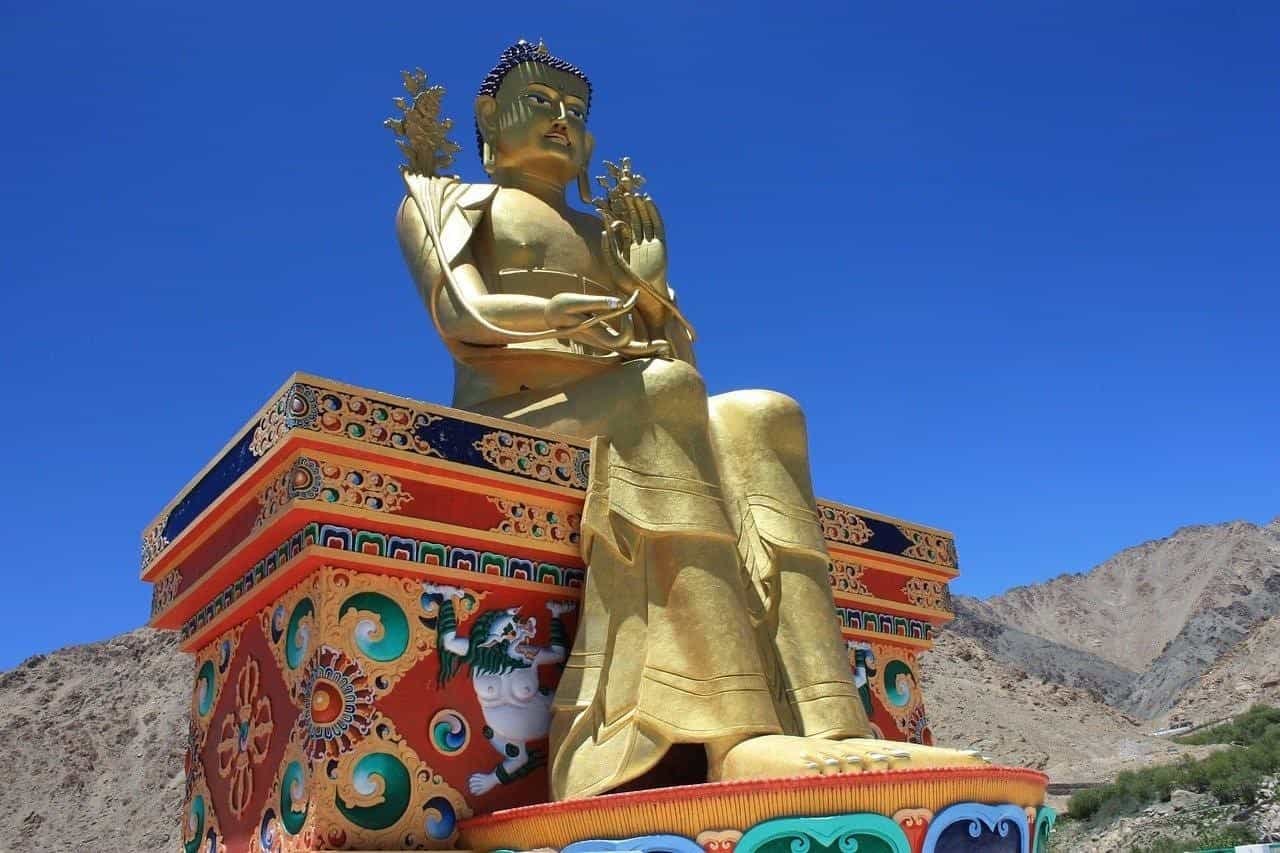

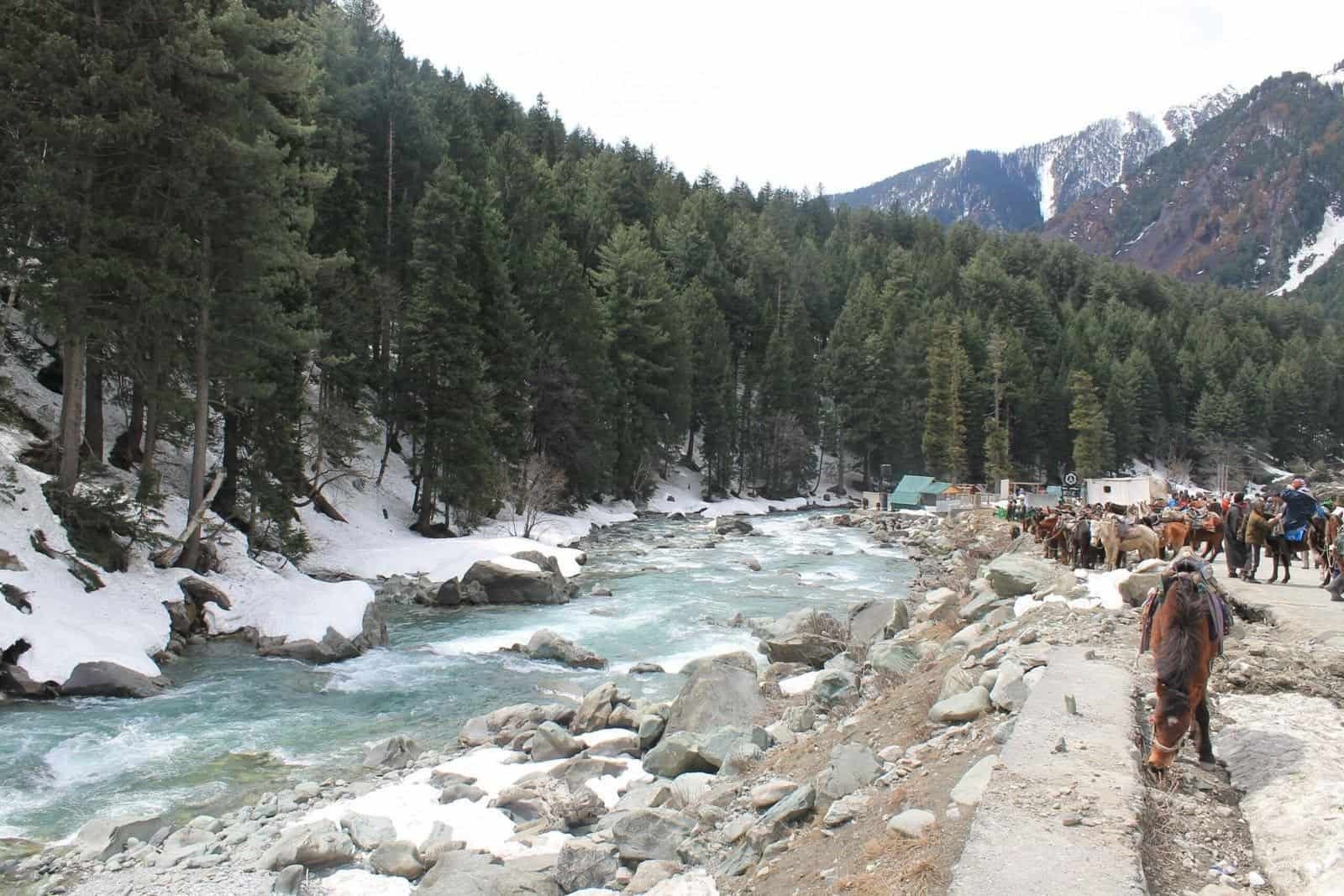
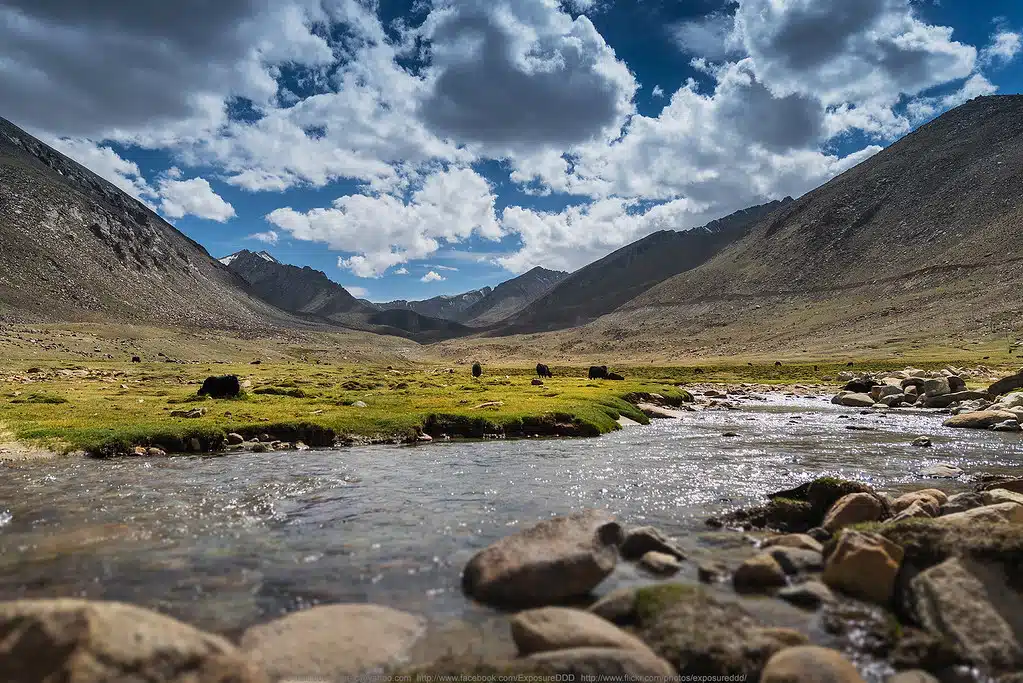
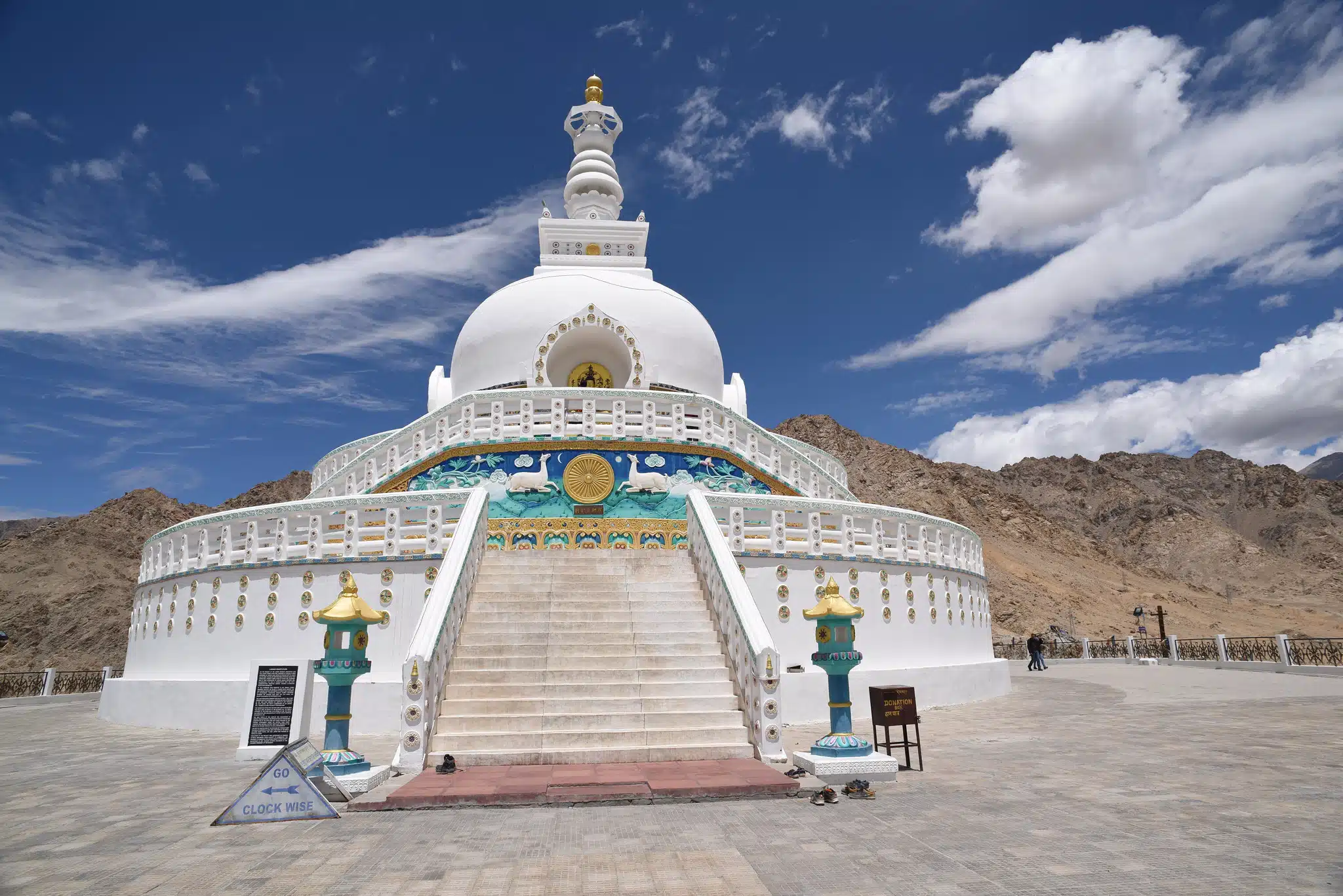
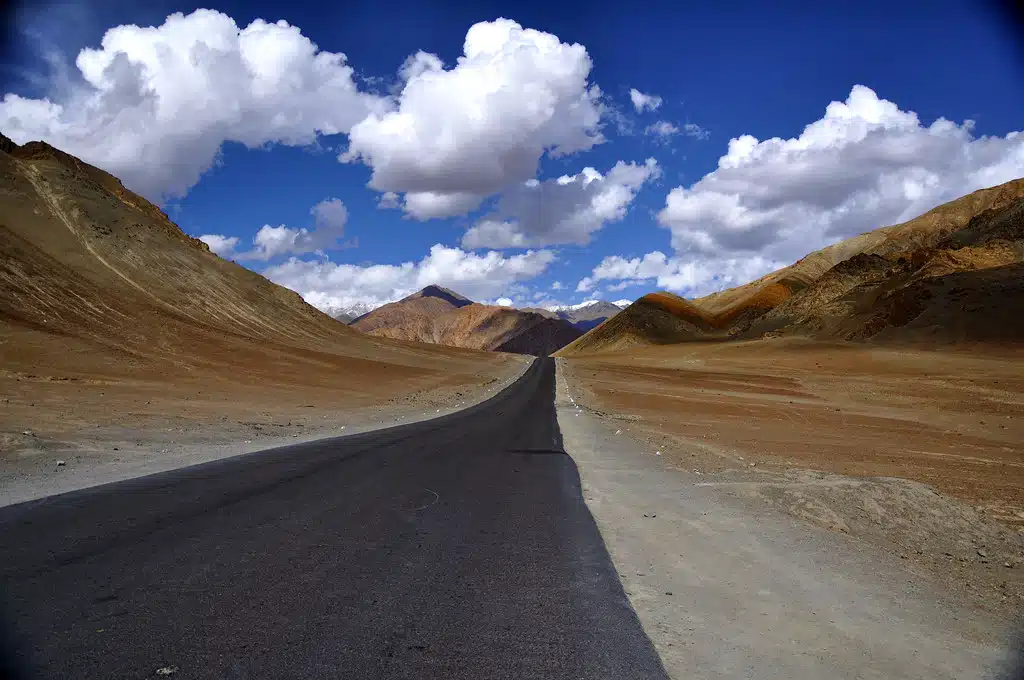
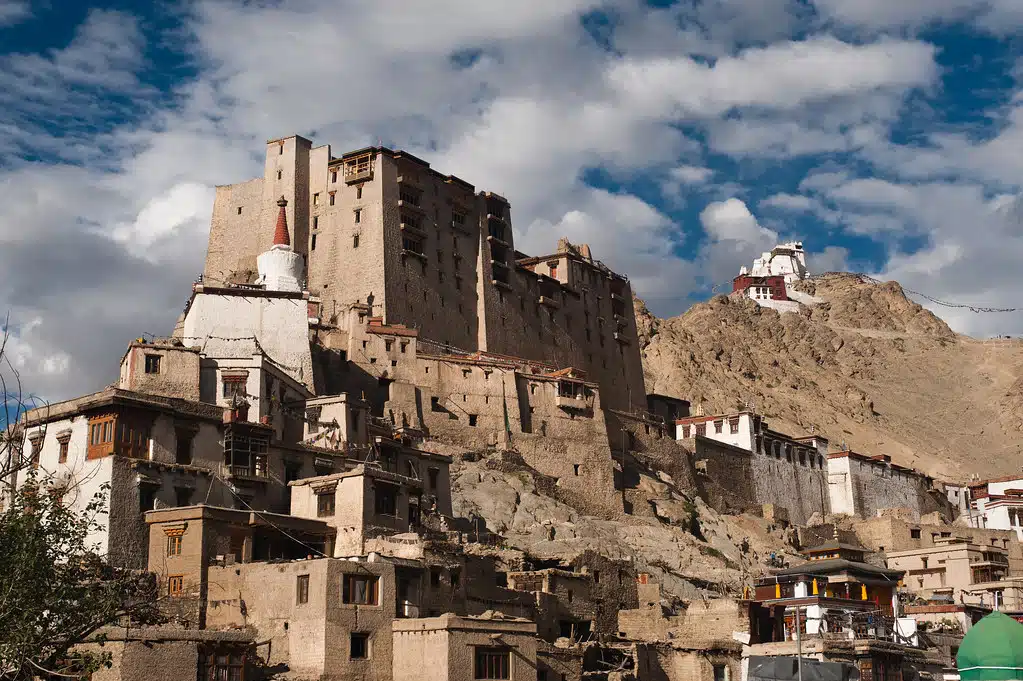
 Call Now
Call Now Chat With Us
Chat With Us